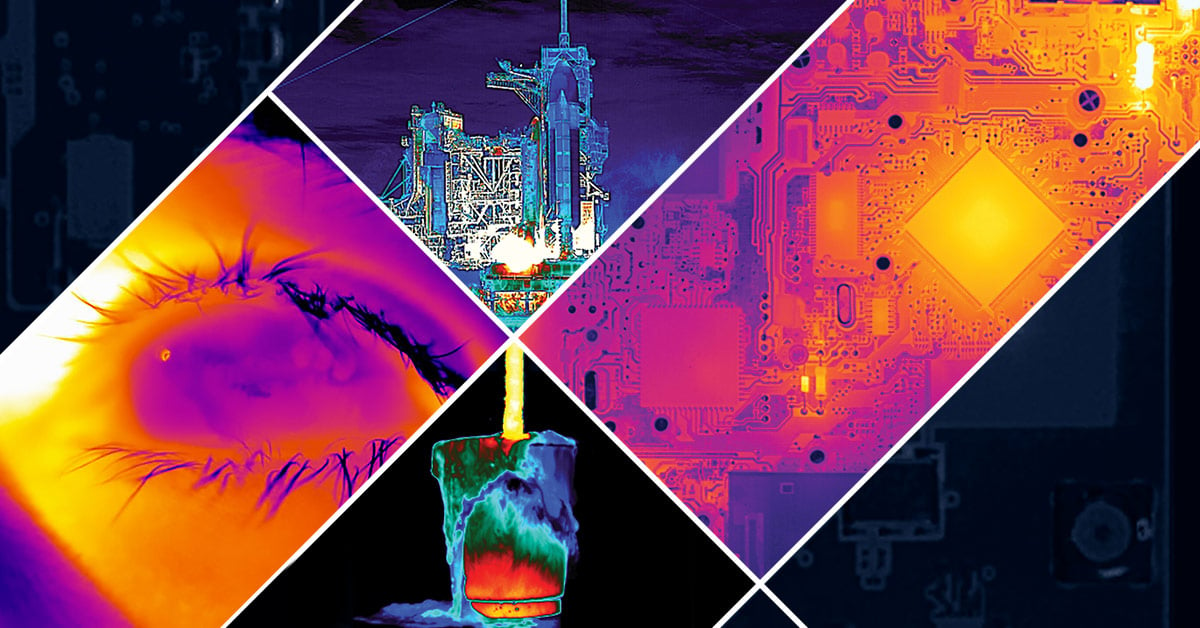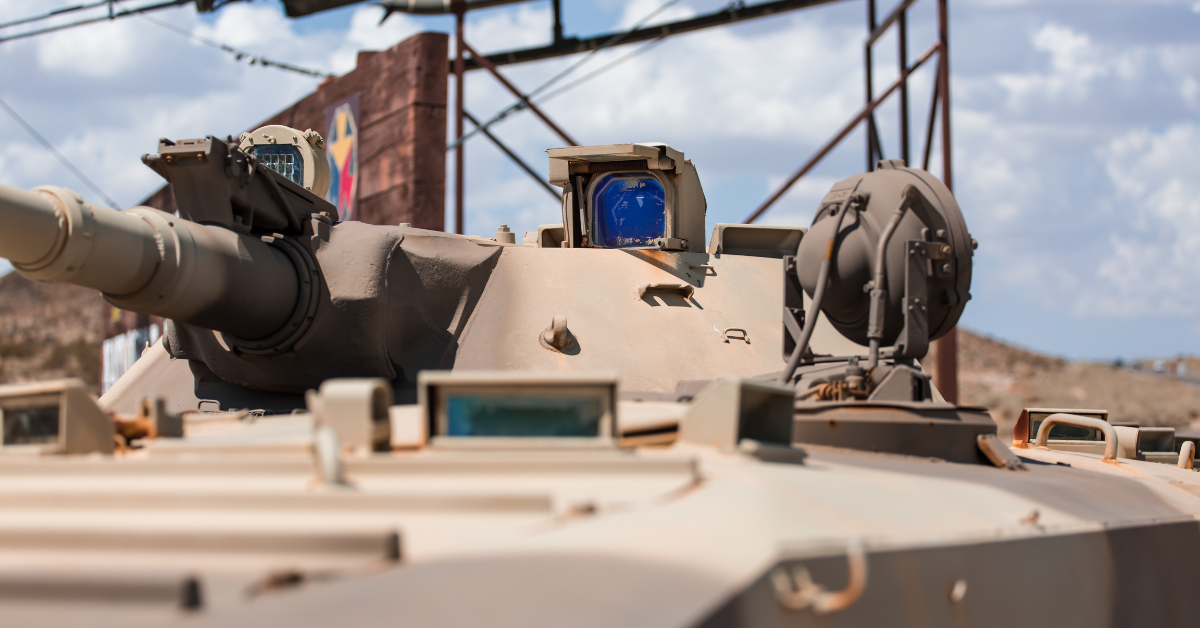7 Things to Know When Selecting an IR Camera for Research & Development
Infrared cameras allow you to make non-contact measurements of an object’s temperature for data acquisition, analysis, and reporting. The have become an indispensable tool for all kinds of research and development projects, and there are many types of cameras with specific features suited to science and research applications.
To help you choose a thermal imaging (IR) camera that meets all your requirements, FLIR has put together a list of the seven things you need to know before you buy. This list will help you narrow-down your options and point you in the right direction for your ultimate camera selection.
Point #1: What temperatures are you expecting to measure?
Typically, the goal of using an IR camera is to measure temperature changes on your object of interest. Two things you should take into consideration when measuring temperature are: the temperature range of your object and the temperature resolution you wish to achieve. Answering these two questions will help you narrow down which types
of infrared cameras and detectors are best suited for your application.


